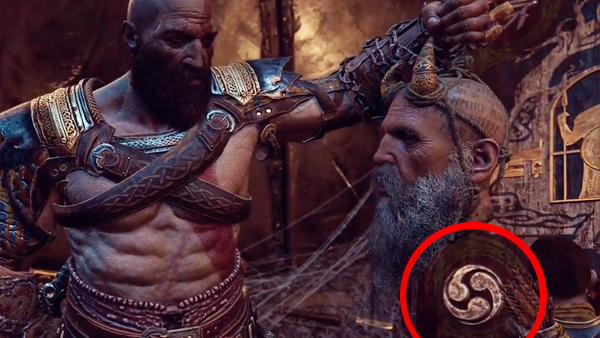

However, it was at this time that Japan, having supplemented its battle strategy, made a sudden attack. (Photo courtesy of the direct descendants of Yi Sun-shin and Woningodaeseonbak Research Institute)īattle of Myeongnyang: 12 broken ships defeat 133 enemy vesselsįive years after the Hideyoshi Invasions, Korea and Japan began truce negotiations as their relationship had entered a peaceful period. Centuries later, Admiral Togo of the Japanese navy applied Yi Sun-shin's hakikjin method in the Battle of Tsushima (1905), in which the invincible Russian fleet was similarly destroyed. Together with the Battle of Salamis, the Siege of Calais, and the Battle of Trafalgar, the Battle of Hansan Island is considered one of the world's top four greatest naval battles in history. Using powerful warship guns, all of the ships in Yi's fleet began shooting the enemy ships at the same time, resulting in the annihilation of the Japanese armada. By pretending to retreat, Yi lured enemy ships to the wide-open sea of Hansan Island, after which his fleet spread out in the shape of a crane's wing, surrounding the Japanese fleet.

It was a momentous victory that changed the course of naval battle history. In this battle, Yi Sun-shin's fleet tried a new approach: the siege-and-annihilation method called "hakikjin (crane wing maneuver)" that had traditionally only been used for land battles. The Battle of Hansan Island played a decisive role in almost completely wiping out the Japanese navy, preventing Japan's original plan of a parallel amphibious attack.ĭuring the Joseon era, naval battle strategies mostly relied on ramming and boarding (hand-to-hand combat on the deck after enemy ships clashed with one another). In the Battle of Hansan Island (August 14, 1592), the Korean navy overwhelmingly defeated Japanese naval forces, sinking 59 out of 73 Japanese ships and killing over 9,000 Japanese soldiers. The plan was thwarted, however, as Yi Sun-shin's fleet defeated Japan's navy in every battle the latter attempted on the Yellow Sea and the Southern Sea. Toyotomi Hideyoshi, who had taken control of the Japanese government, attacked Korea in April 1592 as part of his expansion plan to rule Asia by way of defeating the dynasty and eventually conquering Ming China. Thanks to his efforts, the dynasty was saved.īattle of Hansan Island, one of the world's top four naval battles During the seven years Korea was consumed by the two Hideyoshi Invasions, Yi never once suffered defeat, emerging victorious in all battles. But when Japanese general Toyotomi Hideyoshi invaded Korea in 1592, and the Joseon Dynasty found itself on the brink of collapse, it was Yi's heroic actions that saved the country from impending doom. Despite being an excellent soldier, he did not draw attention to his military prowess.
#Japanese god of war series
Upon becoming a military officer at the relatively late age of 32, Yi faced a series of difficulties until he reached the rank of suguntongjesa (roughly equivalent to today's naval commander) at the age of 47 due to his upright character and unwillingness to make unjust compromises. Yi Sun-shin was born in 1545 in Seoul to a poor yangban (ruling class) family.

For Koreans, Yi Sun-shin is more than just a historical figure: he lives on in Koreans' hearts as a role model-a "Saintly Hero (seongung)." Even today, novels, movies, television dramas, and plays continue to be inspired by the life of Yi Sun-shin. Even in Japan, the country he defeated centuries ago, Yi Sun-shin is still acknowledged as a god of war. Yi Sun-shin was a military hero who rescued Korea from a desperately dangerous situation during two invasions by Japanese general Toyotomi Hideyoshi and who triumphed 23 times without a single loss during naval battles with the Japanese. If you ask any Korean whom they respect the most in their country's history, nine out of ten will choose Yi Sun-shin. Yi Sun-shin, an eternal hero of the Korean people


 0 kommentar(er)
0 kommentar(er)
